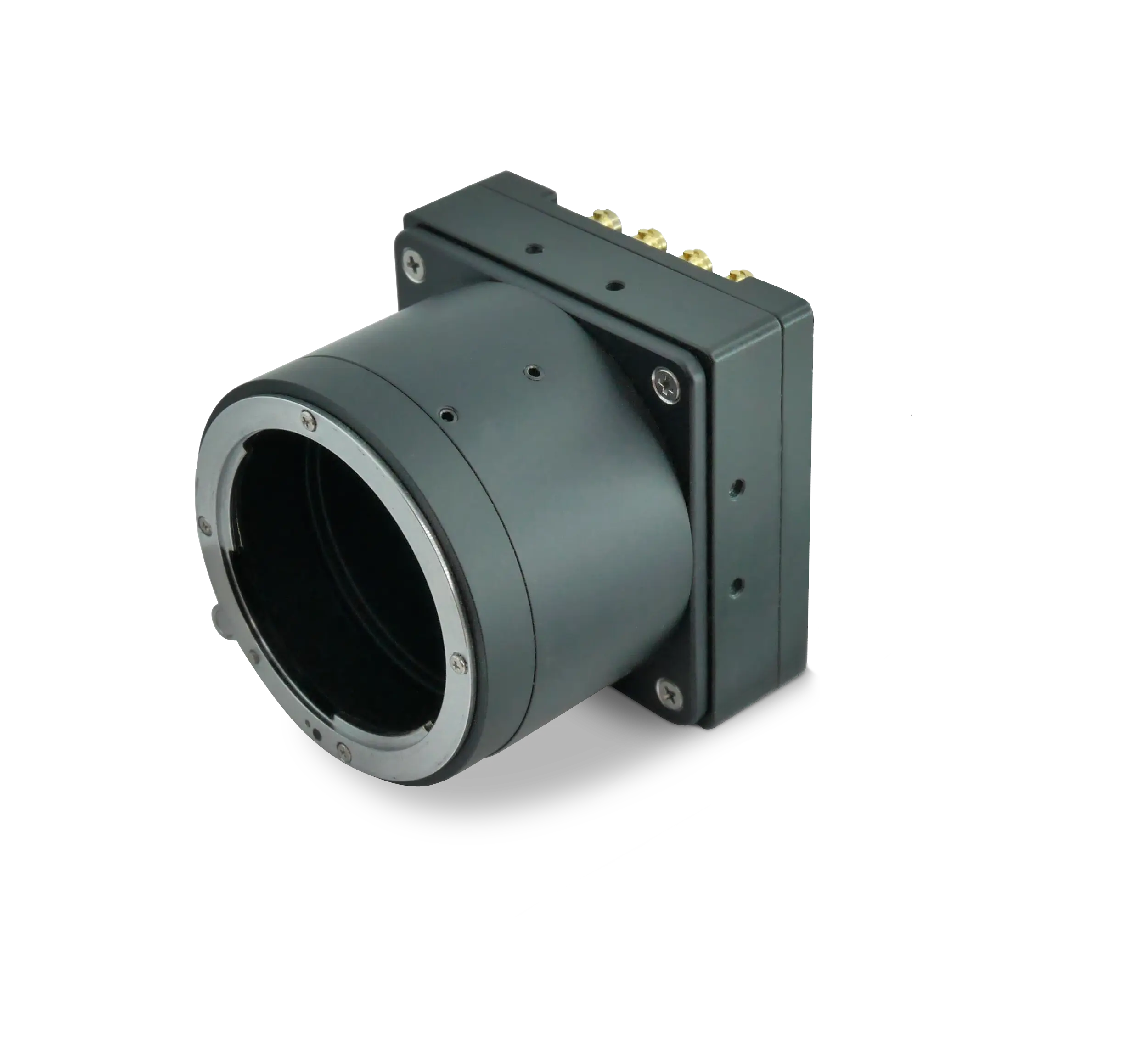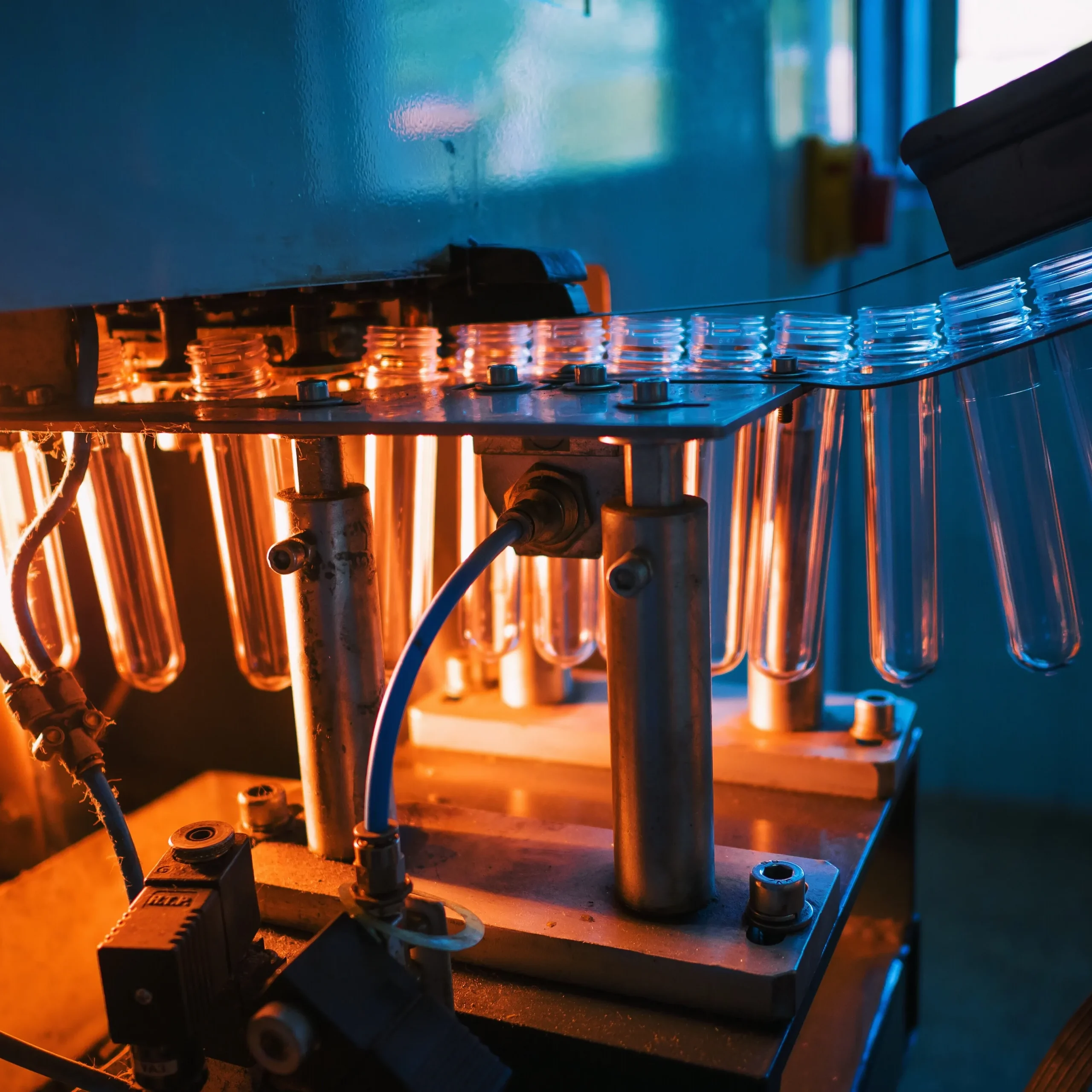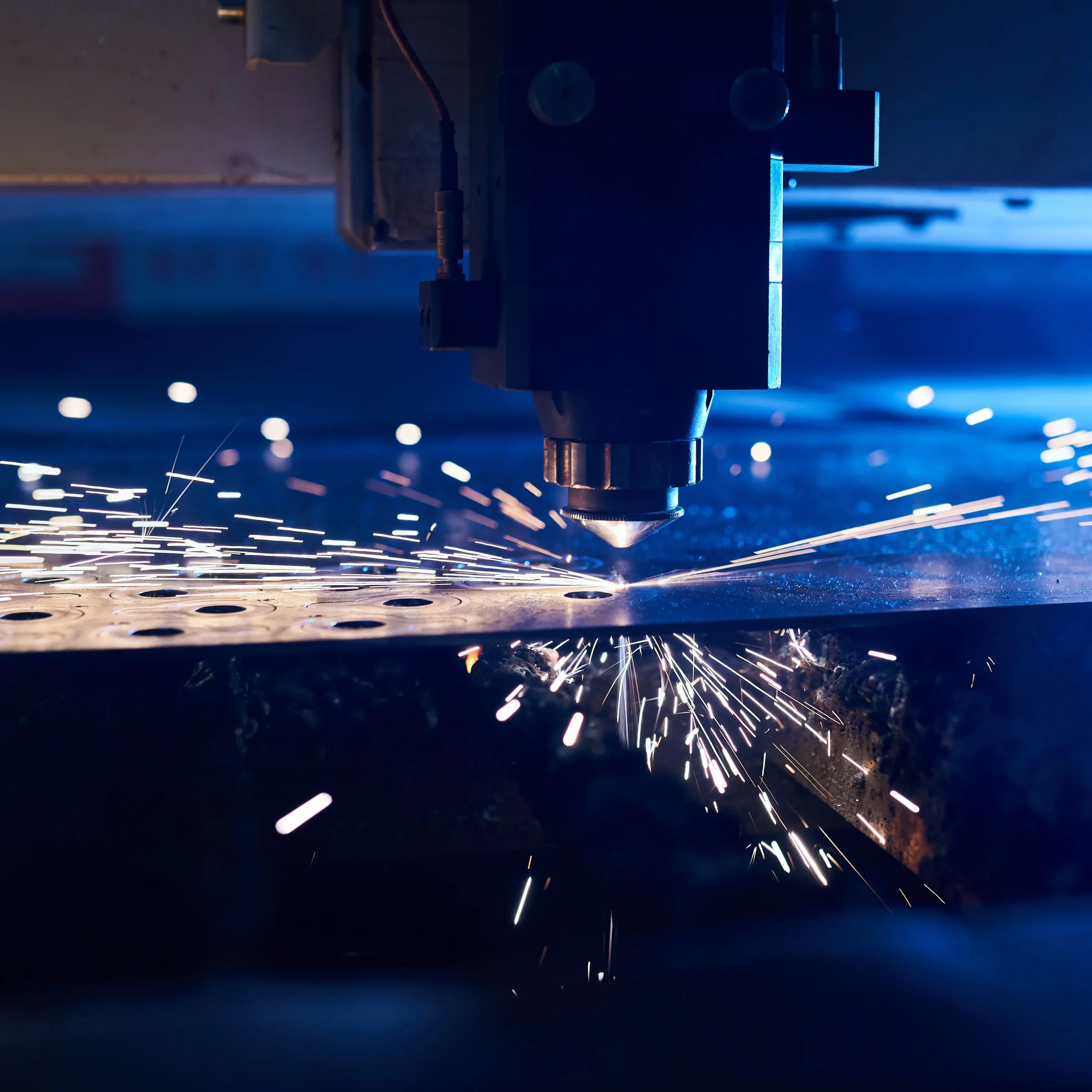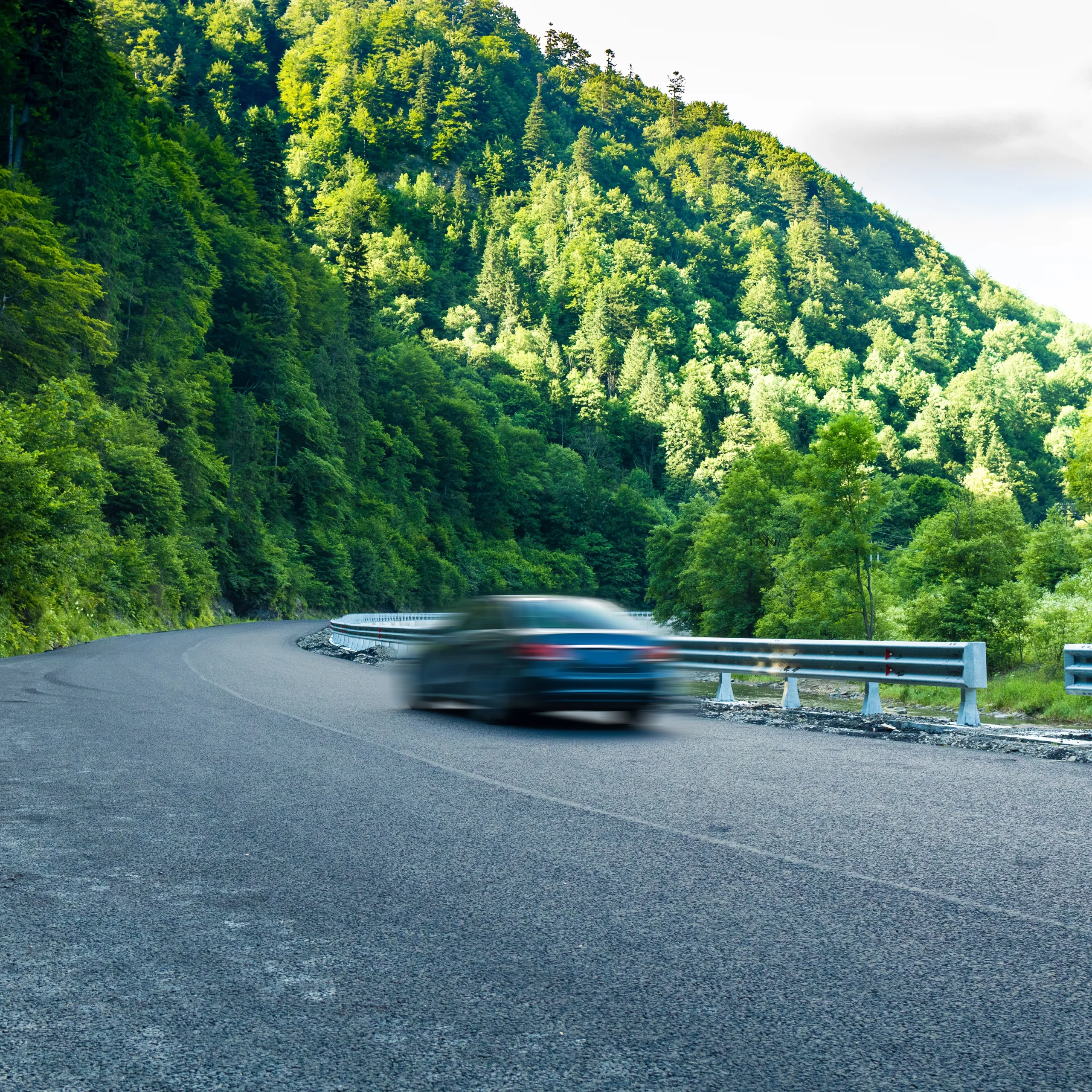The world fleet is expanding rapidly, and every new vessel added to global trade lanes intensifies the need for continuous hull integrity assurance. Class societies demand ever-stricter proof that structural steel plates, weld seams, and protective coatings remain sound in the harsh marine environment. Until recently, surveyors relied on manual inspections or slow ultrasonic spot checks, both of which leave large portions of the hull unverified between dry-dock visits. By integrating industrial machine vision, maritime engineers can now deploy hull monitoring cameras that deliver high-resolution, full-field corrosion data from the splash zone to ballast tanks—without interrupting operations.
Why Real-Time Corrosion Detection Matters
Corrosion is responsible for billions of dollars in direct maintenance costs and even larger indirect losses caused by downtime, speed reduction, and environmental penalties. The combination of saline water, bio-fouling organisms, and galvanic currents accelerates pitting, blistering, and coating delamination. Detecting the earliest onset of corrosion enables proactive measures such as spot blasting or selective recoating, avoiding structural compromise.
Yet traditional methods have inherent drawbacks:
- Human divers face limited visibility and safety risks.
- Robotic magnetic crawlers capture video but lack the resolution or frame rate required for precise pit depth analysis.
- Dry-dock inspections occur only every 3–5 years, leaving long corrosion growth windows.
The solution is to embed ruggedized industrial machine vision maritime systems on the hull surface, inside void spaces, and along critical weld lines. These systems use multispectral illumination and deep learning analytics to quantify corrosion in real time, issuing alerts long before major steel loss occurs.
The Imaging Challenge at Sea
Deploying cameras on a vessel or offshore platform creates a unique mix of optical and mechanical stresses. Cameras must withstand:
- Constant vibration from engines, thrusters, and wave impact.
- Wide ambient temperature ranges from equatorial heat to arctic cold.
- High humidity, salt spray, and potential hydrostatic pressure when submerged.
- Electromagnetic interference from radar and high-power communication systems.
In addition, the optical task itself is demanding:
- Huge target areas: A Panamax tanker hull can exceed 20,000 m².
- Low-contrast defects: Early-stage rust shades differ from intact coatings by only a few percentage points in reflectance.
- Dynamic lighting: Sun glint, wave reflection, and deck shadows fluctuate every second.
- Sub-millimeter resolution: Detecting pits under 0.5 mm requires large pixel counts and sharp optics.
Meeting these requirements calls for a camera that offers very high resolution, excellent signal-to-noise ratio, and proven ruggedization.
Iron 661: The Heart of Advanced Hull Monitoring Cameras
KAYA Vision’s Iron 661 is purpose-built to address the challenges of hull monitoring cameras in maritime environments.
- 56.7 mm diagonal Sony IMX661 sensor delivers a 13 400 × 9 528-pixel resolution—ideal for covering wide steel plates while still resolving sub-millimeter corrosion spots.
- Global shutter architecture freezes fast-moving ROVs or wave-driven motion, eliminating smear across the frame.
- CoaXPress v2.1 at up to CXP-12 over four Micro-BNC connectors provides as much as 50 Gb/s aggregate bandwidth, streaming full-resolution images at 21.5 fps for near real-time analysis.
- Temporal noise under 2.7 e⁻ and a dynamic range above 70 dB reveal subtle tone variations between intact primer and early rust blooms.
- On-camera image enhancement features—flat-field correction, LUT processing, and auto / manual black level—stabilize output when external lighting changes with wave height.
- Optional IP67 housing and MIL-STD-810G shock/vibration ratings make the Iron 661 resilient to spray, vibration, and impact.
- Power over CoaXPress (PoCXP) reduces cabling complexity inside tight ballast spaces.
Because the Iron 661 supports Region of Interest (ROI) readout, the system can zoom in on high-risk welds during dynamic positioning maneuvers, then zoom out for full-plate scans while cruising, conserving bandwidth and analysis cycles.
Mounting Considerations on Ships and Platforms
Different vessel zones call for distinct camera mounting solutions:
- Splash Zone – Bracket-mounted units protected by hydrodynamic domes minimize drag and resist impact from debris. The camera’s optional IP67 sealing prevents salt ingress.
- Ballast Tanks – Magnetic footplates allow repositioning during voyage. The Iron 661’s compact 83 × 78 × 49 mm form factor fits between stiffeners, and PoCXP eliminates power supplies inside hazardous zones.
- Moon Pools & Riser Columns – Cameras embed in sacrificial cofferdams; replaceable acrylic windows withstand abrasive drill cuttings.
For floating production platforms (FPSOs), cameras can interface with the turret mooring monitoring system, correlating corrosion progression with chain tension data.
Choosing the Right Partner
Implementing robust industrial machine vision maritime systems is more than a component purchase; it requires expert integration, lifecycle support, and certification knowledge. KAYA Vision’s engineering team assists with:
- Environmental qualification planning (salt fog, vibration, thermal cycling).
- Optical path simulations to define lens choice versus camera working distance.
- CoaXPress network design and redundancy schemes.
By selecting the Iron 661 platform, ship owners and offshore operators gain a field-proven imaging core capable of transforming hull health management from episodic checks to continuous assurance, ultimately enhancing safety, sustainability, and profitability.
